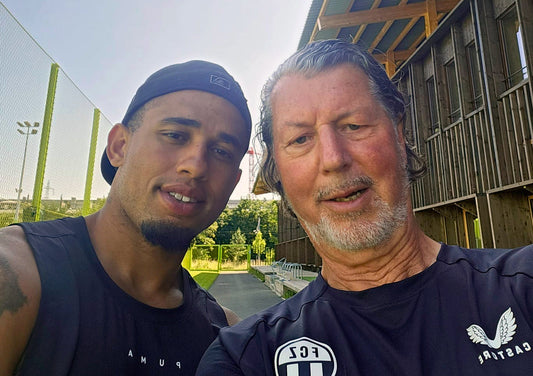In an era defined by razor-thin margins, speed has become football’s ultimate differentiator. But raw pace alone isn’t enough; the way teams develop and refine acceleration mechanics can now decide matches. Enter AI-driven sprint drills—an innovation spearheaded by Manchester United’s recent collaboration with a sports analytics firm.
Why Speed Matters More Than Ever
High-intensity counterattacks and turnover-based transitions demand explosive bursts of pace. Data indicates that teams covering 1–3 km of high-intensity running per match are over twice as likely to win possession in the final third¹. Training speed effectively isn’t just about strength and conditioning; it’s about precise biomechanical feedback.
The AI Advantage
Traditional sprint drills rely on stopwatch timings, which miss critical details like stride length and ground contact time. AI systems use multiple camera angles, motion-capture sensors, and machine-learning algorithms to provide instant feedback. Players receive visual cues and numeric metrics within seconds, enabling them to adjust posture, footstrike, and hip extension in real time.
Case Study: Manchester United
Since introducing AI-driven drills in pre-season, Manchester United’s academy players have improved their 20 m dash times by an average of 5 percent². Coaches report that this acceleration gain translates directly into sharper pressing and more lethal counterattacks in competitive matches.
Integrating Into Your Program
-
Baseline Assessment: Conduct initial tests with both traditional and AI methods.
-
Customize Protocols: Tailor drills to individual player profiles—some may need more focus on reaction times, others on top-end velocity.
-
Monitor & Adapt: Use weekly AI reports to tweak load and volume, preventing overtraining and injuries.
Looking Ahead
AI-driven speed training is just the beginning. Combining hypoxic conditioning, plyometrics, and resisted sled work can create a holistic approach to power and speed. Clubs like Atletico Madrid and Ajax are already pioneering multi-modal programs that promise faster, more resilient athletes.
Conclusion
The convergence of AI and biomechanics is changing how we train speed in football. By embracing these tools, coaches can extract every ounce of acceleration potential from their squads. In an environment where hundredths of a second matter, AI-driven sprint drills aren’t just an advantage—they’re a necessity.
¹ Source: Sports Performance Journal
² Source: The Athletic




